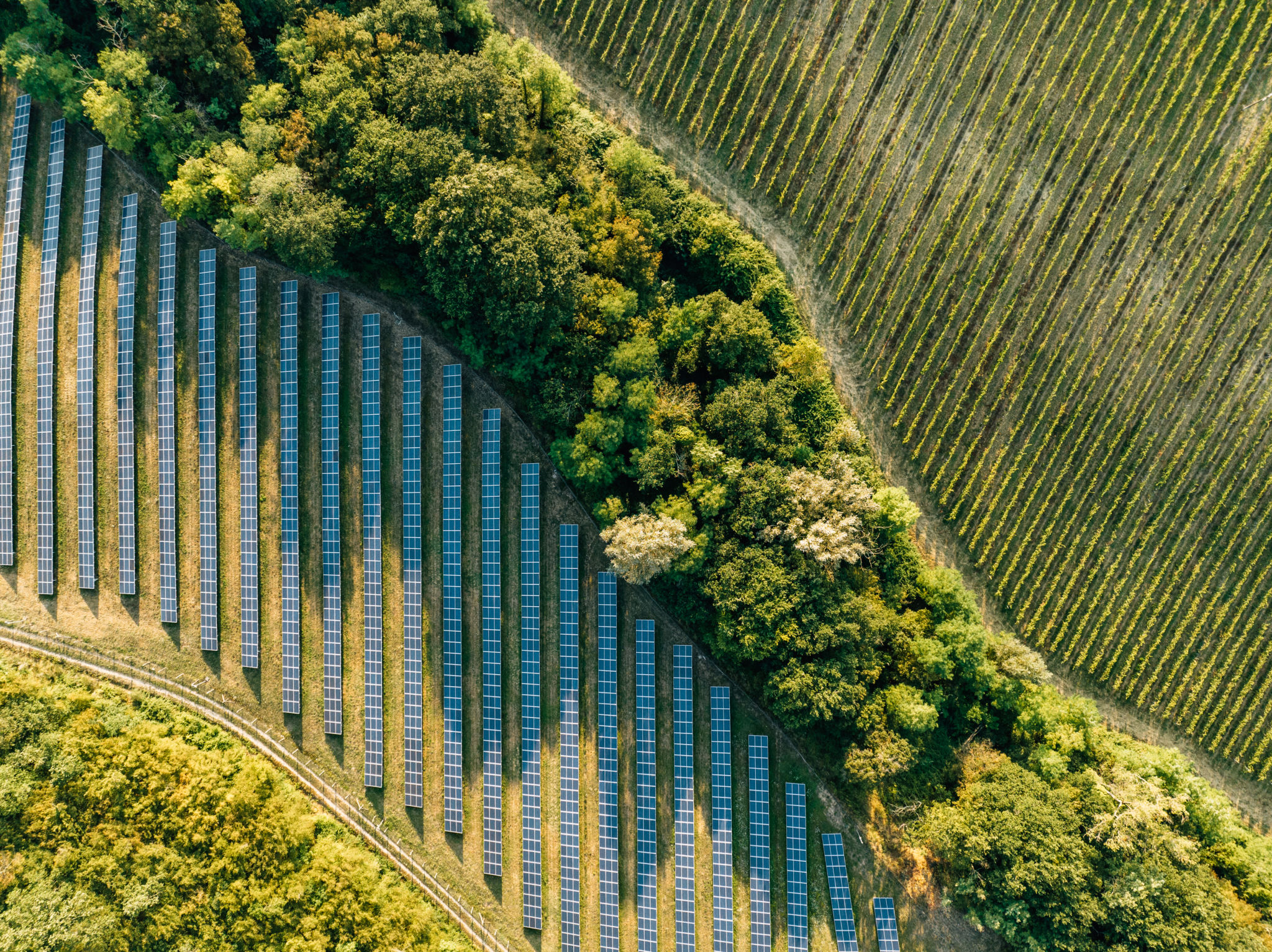Understanding the Environmental Impact of Traditional vs. Eco-Blasting Methods
Introduction to Blasting Techniques
Blasting is a widely-used technique in various industries for cleaning, surface preparation, and material removal. Traditionally, this process has been associated with methods that can be harmful to the environment. However, advancements in technology have introduced eco-blasting methods as a greener alternative. In this blog post, we will explore the environmental impact of traditional blasting compared to eco-blasting methods.

The Environmental Impact of Traditional Blasting
Traditional blasting methods often involve abrasive materials such as sand or glass beads. These techniques can generate significant amounts of dust and debris, contributing to air pollution. Additionally, the runoff from these processes can contaminate water sources, posing a threat to aquatic life and ecosystems.
Moreover, traditional blasting requires substantial energy consumption. The equipment used is typically powered by fossil fuels, leading to increased carbon emissions. This reliance on non-renewable energy sources further exacerbates the environmental impact.
Health Risks and Safety Concerns
The dust generated during traditional blasting not only affects the environment but also poses severe health risks to workers. Inhalation of fine particles can lead to respiratory issues and other health complications. The need for protective gear and stringent safety measures highlights the potential hazards associated with these methods.

Understanding Eco-Blasting Methods
Eco-blasting, on the other hand, utilizes environmentally friendly materials and techniques. These methods often employ biodegradable abrasives or high-pressure water jets, significantly reducing the generation of hazardous waste. The use of recyclable materials further minimizes the ecological footprint of these operations.
Another advantage of eco-blasting is its energy efficiency. Many eco-friendly blasting systems are designed to use less energy while maintaining effectiveness. This shift towards sustainable practices not only benefits the environment but can also lead to cost savings for businesses in the long run.
Benefits of Eco-Friendly Practices
Implementing eco-blasting methods can enhance a company's reputation by showcasing its commitment to sustainability. Consumers are increasingly aware of environmental issues and often prefer businesses that prioritize eco-friendly practices. Adopting such methods can provide a competitive edge in today's market.

Comparing Costs and Efficiency
While eco-blasting methods may have higher upfront costs, they often prove more economical over time. The reduction in waste disposal costs and potential regulatory fines makes these methods financially viable. Additionally, improved worker safety and health can lead to decreased medical expenses and increased productivity.
Efficiency is another crucial factor. Although traditional methods may remove materials quickly, eco-blasting offers precision and control, reducing the need for rework and material waste.
The Future of Blasting Technology
As industries continue to evolve, the demand for sustainable solutions will likely increase. Innovations in blasting technology will focus on enhancing the efficiency and environmental benefits of eco-blasting methods. By investing in research and development, companies can stay ahead of the curve and contribute to a more sustainable future.
In conclusion, understanding the environmental impact of traditional versus eco-blasting methods is essential for making informed decisions. By choosing eco-friendly alternatives, businesses can reduce their ecological footprint while reaping economic benefits.
